
The visual history of the world is colored by the influence of the seventh art, photography, all the plastic arts and of course also of advertising. And it is that in the same way that a mythical film remains anchored in a kind of constant present, the best pieces and advertising campaigns also seem to be frozen in time, always current. At the end of the day it is another art (although of course in a much more marketing elite).
A good example is the selection made by the Business Insider page with ads that marked a before and after and almost made the world tremble. In fact, these pieces are still alive today, since they continue to be used and remembered in different ways. If you are interested in the subject, I recommend that you take a look at 25 slogans that marked a before and after.
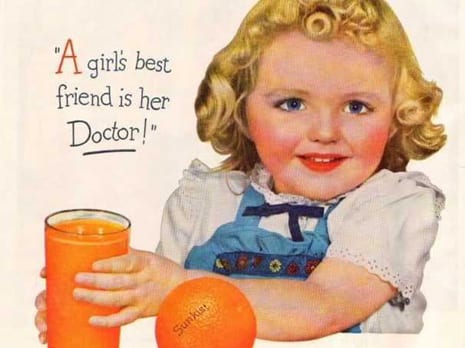
Sunkist Orange Juice. 1907.
At the dawn of the 1907th century there was an overwhelming surplus of oranges in the agriculture sector. California was in trouble as they harvested far more fruit than could be sold. The solution? It appeared in XNUMX under an unprecedented strategy: Provide popularity and strength to the fruit in question through a new treatment and presentation. We are talking about orange juice. This poster belongs to this campaign developed by the Lord & Thomas agency.
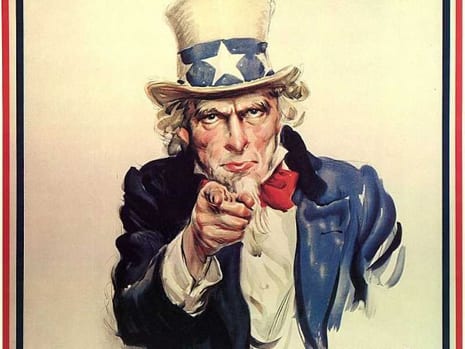
I want you. 1916.
The mythical Uncle Sam acquired special popularity around World War I, although its birth as a concept had its origin in the War of 1812. It is the personification of the United States perfectly designed to motivate the youngest to enter the trenches and lose your life. It had an overwhelming impact, to the point that more than four million copies were printed between 1917 and 1918 of the most famous version, which is this one we have here.
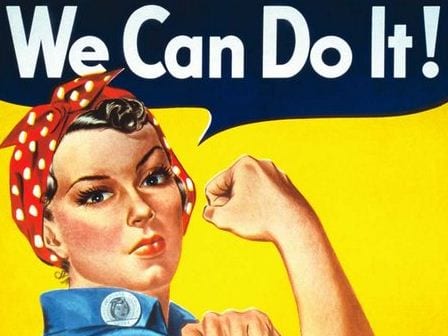
We can do it! 1942.
We have a perfectly designed male reference to connect with young people and convince them to participate in a war. Of course, after the publicity experiment and the obtaining of successful results among the population and its commitment to World War I, there was a good basis to work on the other side of the coin. Around World War II, the symbol of a strong woman appeared, entering the world of work and marking her territory. These concepts were associated with the Great War to motivate women workers in Westinghouse Electric factories who would make the helmets that the military would wear. Three decades later this icon resurfaced as a landmark of feminism and resurgence of women. Currently it is still used for its significant load by diversity of artists and companies. For example, Beyoncé.

Diamonds are forever. 1947.
The fact that today we use diamond rings as the leading symbol of the marriage ritual also has its origin in advertising. We are in the Great Depression with the De Beers company that extracted and cut diamonds that, when faced with a crisis of such magnitude, were in a critical state at the business level. Then they hired the NW Ayer agency who developed a sublime strategy: The association of the diamond with high birth and romanticism. From then on they would sell the diamonds to the richest families.
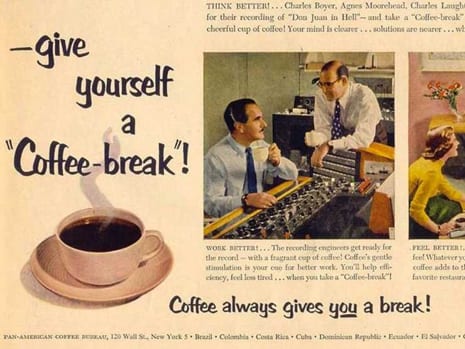
Give yourself a coffee break! 1952.
If we talk about those advertising campaigns that changed the habits of the entire world population. We cannot ignore the one carried out by the PanAmerican Coffee Bureau. They analyzed the life of the average worker, introducing them a product that satisfied one of the most obvious needs: Relax and rest in the middle of the working day. "Give yourself a coffee break" became a myth for day laborers around the world and made coffee an essential ritual in any company.
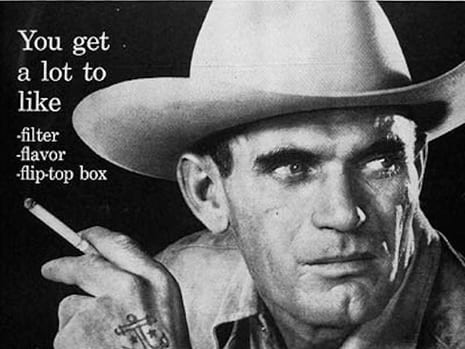
The Marlboro Man. 1954.
Although Marlboro was originally a brand for women, when the damage that tobacco caused to health became evident in the 50s, the number of consumers fell dramatically. They had to do something. Phillips Morris & Co had to develop a strategy to get more customers: Sell them to men too. The Marlboro Man was the answer to this crisis and built by the Leo Burnett Worldwide agency. Its creators claimed that smoking filtered cigarettes, which were invented at this time to reduce the harm of the drug, was also a man's thing. Moral? Trafficking in the health of millions of people? This is already another topic, but they achieved their goal.
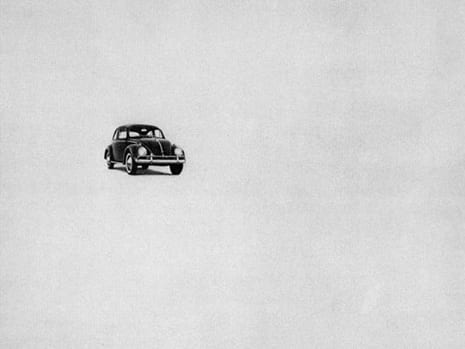
ThinkSmall. 1959.
Towards the fifties the wave of mass consumerism occurred and the Doyle Dane Bernbach agency revolutionized the way of addressing the public. While other campaigns focused on the promotion of luxury products and vehicles, Volkswagen decided to promote its smaller and more functional version because it knew it would reach a higher audience in a time of a consumer boom like that.

Apple's ad for the 1984 Super Bowl.
Apple could not be absent from this selection and the company unveiled its Macintosh personal computer through the 1984 Super Bowl and stated that that year would be the birth of technology and would revolutionize the world forever.
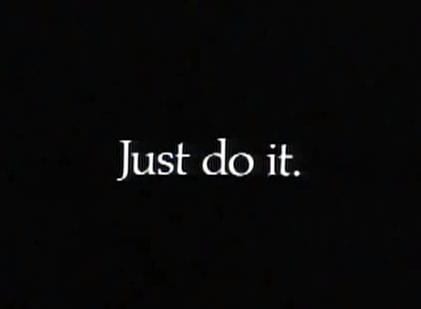
Just do it. 1988.
The first ad in which Nike featured the slogan "Just do it" showed athlete Walt Stack running across the Golden Gate Bridge in the middle of his daily training run. It was simple, quick and motivating: People had to set new goals and work to meet them. It has rained a lot since then, specifically 25 years and it still continues to shine for its effectiveness.
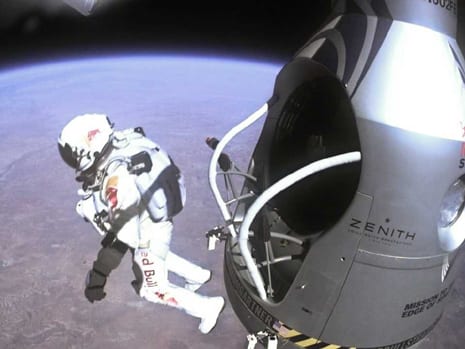
Red Bull Stratos. 2012.
It was one of the wildest campaigns ever done. October 2012. Felix Baumgartner launches himself from more than 38 kilometers above planet Earth to promote the Red Bull brand. An unbeatable strategy. An amazing event, a shocking event that was Red Bull at the same time.